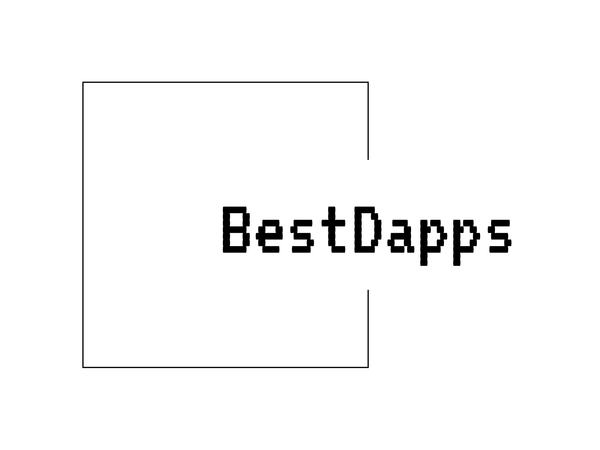
Decoding SRM Tokenomics: A Deep Dive
Share
Understanding SRM Tokenomics
The Serum (SRM) token, the native crypto asset of the Serum decentralized exchange (DEX) ecosystem, plays a critical role in the functioning of the platform. Its tokenomics are designed to control supply, incentivize network participants, and facilitate utility across the ecosystem.
Circulating and Total Supply
SRM has a maximum supply of 10 billion tokens. However, it's important to note that a significant portion of these tokens are locked in long-term vesting schedules. Only a small percentage of SRM tokens are actively circulating in the market, which may influence aspects like liquidity and network participation at any given time.
Token Allocation
The token distribution process reflects a mix of various stakeholders, which includes team members, contributors, partnerships, and ecosystem initiatives. Here's a breakdown of the allocation:
- 20% of the total supply was allocated to early project investors and contributors, who played a role in the early development of Serum.
- 27% of the total supply is earmarked for incentives, such as ecosystem development and partnerships.
- The remaining 53% of SRM tokens are set aside for foundation reserves, future initiatives, and to provide liquidity to the platform. These tokens are subject to long-term vesting schedules, reducing the risk of sudden market flooding.
Utility of SRM
The SRM token primarily derives its utility from within the Serum ecosystem. Its most highlighted functionality includes:
- Governance: SRM holders can participate in governance and vote on key decisions affecting the network. This decentralized approach allows for engaging the community in shaping the project’s future development.
- Fee Discounts: Users staking SRM tokens receive significant trading fee discounts on the Serum DEX, incentivizing holding and usage of the token within the platform.
- Staking: SRM can be staked to run nodes in the Serum ecosystem. Stakers are rewarded in SRM for their participation, further incentivizing holders to contribute to network security and stability.
Inflation and Vesting
Serum employs a deflationary mechanism to align token release with ecosystem growth. SRM released into circulation through vesting schedules ensures controlled inflation. Each vesting schedule generally extends over several years, mitigating the risk of rapid inflation or overwhelming market supply.
Conclusion
The SRM tokenomics structure aims to create a sustainable ecosystem, balancing rewards for participants with careful management of token supply and utility.
